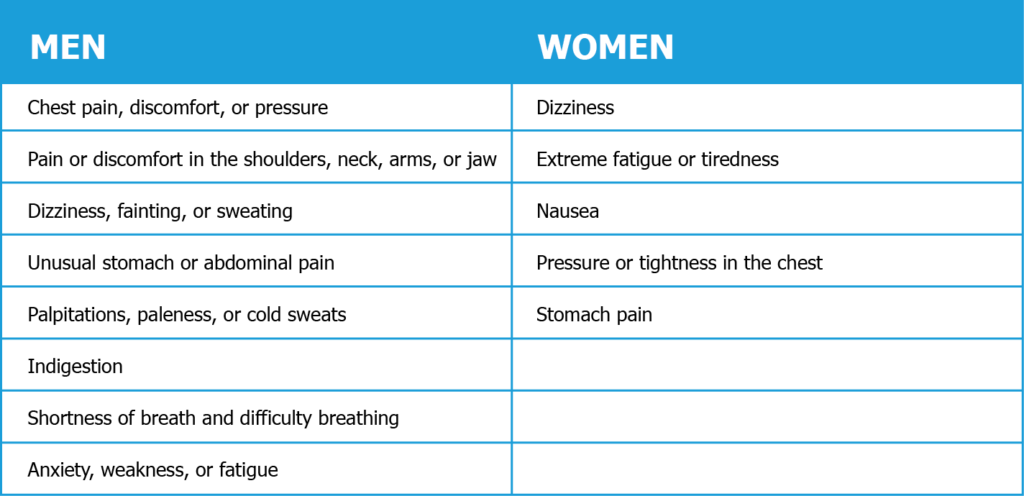
INSURANCE NERDS
BLOG
February is American Heart Month
This month is dedicated to cardiovascular health, particularly women’s cardiovascular health. Perhaps you are wondering, why particularly women? Well, that is because heart disease occurs differently in women. For example, women tend not to have chest pain during or after a heart attack. In addition, according to the National Heart, Lung, and Blood Institute, cardiovascular diseases are the leading cause of death for women of all ages in the United States.
Indeed, heart disease is a concern for the entire population. However, we cannot ignore the impact that these diseases have on the female population and how biological, social, and systemic factors put them at greater risk.
Risk Factors
When we talk about risk factors, we refer to those conditions or habits that increase the possibility of a person getting sick. Of the risk factors that increase the possibility of heart disease, women have three additional factors compared to men.
Each of these factors greatly increases the chance of heart disease:
- Being a woman over 55 years old
- Being a woman experiencing menopause
- A history of preeclampsia during pregnancy
- Suffer from high blood pressure
- Having high cholesterol
- Leading a sedentary lifestyle
- Being overweight or obese
- Smoking
- Having diabetes or prediabetes
- Family history of coronary disease
- Eating an unhealthy diet
Symptoms associated with the female physiognomy
Among the symptoms that can occur in the different cardiac conditions, we will review those most associated with heart attacks and coronary disease. Review the following comparisons with the most common symptoms reported for both genders below.

Knowing these particularities in symptoms can be the difference between life and death. For more information on other symptoms and signs of a heart attack, press here.
If you experience these symptoms, call 9-1-1 immediately. Any discomfort associated with heart attack symptoms should be seen by a medical professional immediately.
Data on Barriers in the Health System
In addition to the risk factors discussed above, there are other factors at the health system level that put women at greater risk for heart disease. Among these are:
- Less number of medical referrals for diagnosis of coronary disease in women.
- Delays in receiving heart tests such as electrocardiograms (EKG) and treatments.
- Young women are more likely to be misdiagnosed and not be treated in the event of a cardiac event.
It is extremely important to educate your family, friends, and health providers on the particularities of cardiovascular health in women.
In addition, we urge you to maintain a healthy lifestyle, have your routine checkups annually, and follow the following preventive measures:
- Lead an active and energetic life, improve your diet, and maintain a healthy weight. Contact our Benefits team to learn about our value-added program, ProWellness, which promotes weekly physical activity and provides nutritional consultation.
- Get a preventive exam every year. Getting your heart, sodium, cholesterol, and blood pressure checked every year is very important to stay healthy and prevent a cardiac event.
- Create a healthy pattern of sleep and rest. It is advisable to sleep between 7-9 hours daily. Having a good rest pattern will help reduce stress and have a better recovery response.
- Avoid smoking.
Take advantage of this opportunity to coordinate your follow-up appointments and to spread the word to your friends and family, especially the women in your life! We all need to take cardiovascular health seriously, take action and work to reduce the risk of heart disease. Talk to your doctor about preventive tests and how to take care of your heart.
Join us in our support for National Wear Red Day®
National Wear Red Day® is celebrated on the first Friday of February. Wear red and encourage others to do the same to bring awareness that heart disease is a leading cause of death in the U.S. and that it’s largely preventable. Learn more about Wear Red Day, including resources and where to donate. Donate now!
Help us support the cause for healthy hearts, spread the word, and let’s help save lives!
References:
- National Heart, Lung, and Blood Institute. Listen to your heart: women and heart disease. NIH.
- The George Washington University Hospital. Conocer las señales podría salvar una vida, ¡tal vez la tuya! GWHospital.
